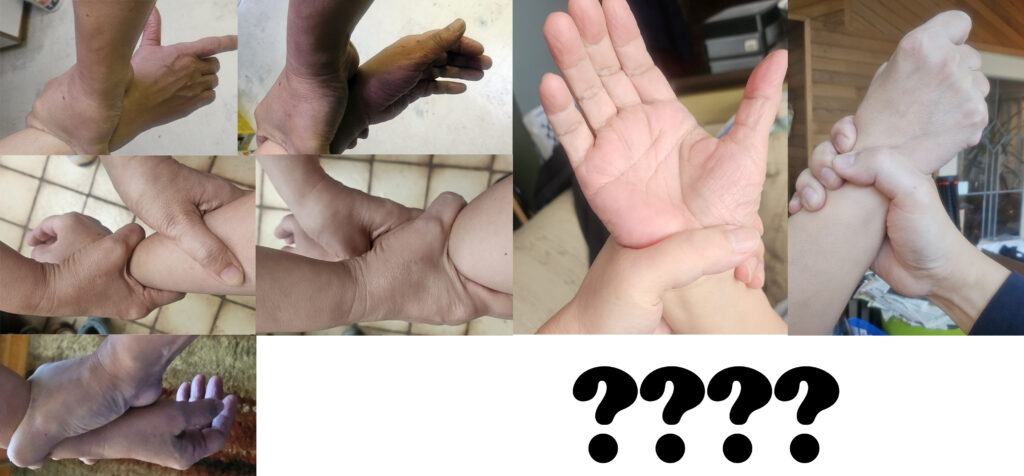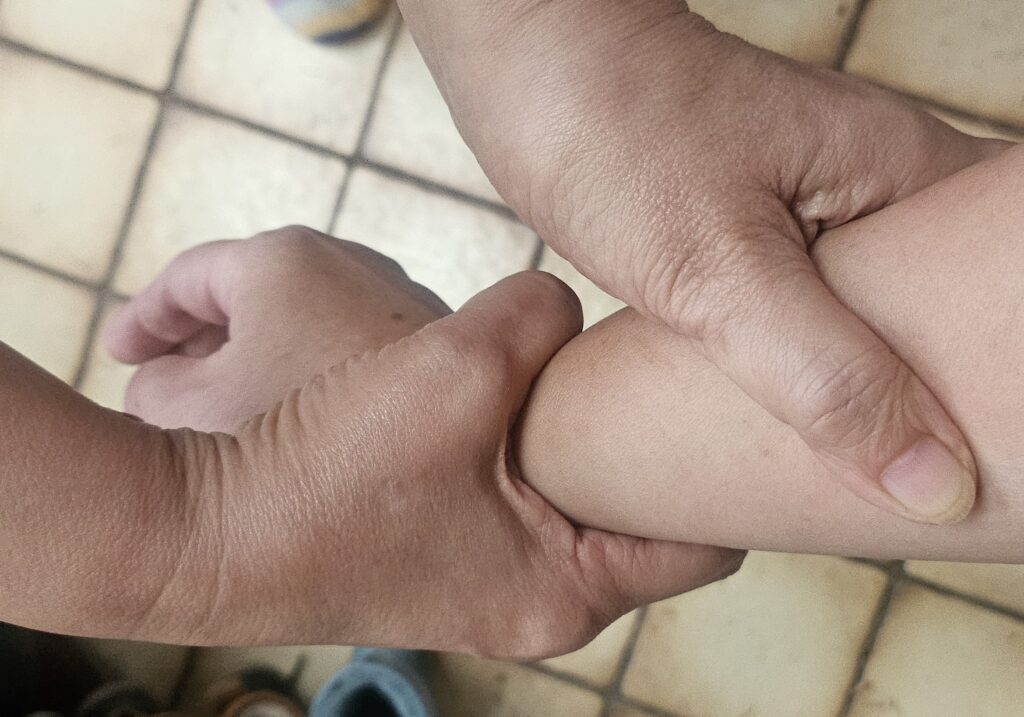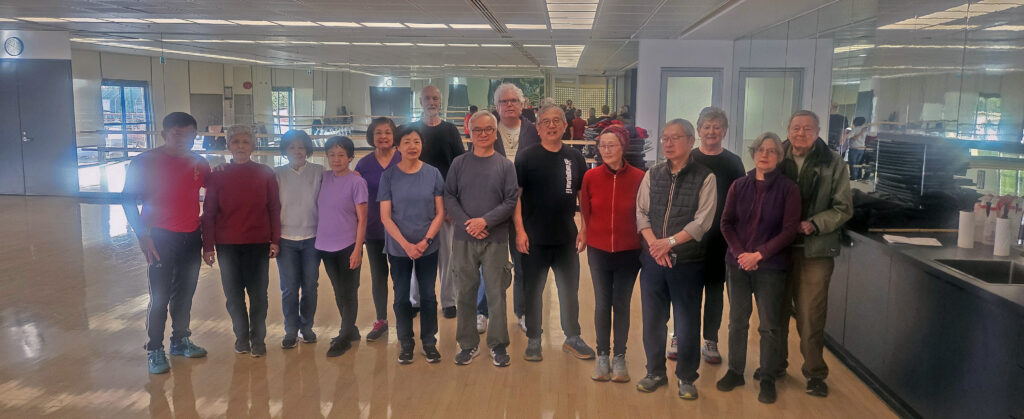DISCUSSIONS

Relax – this is a big word especially in internal styles and is often misunderstood. In our context, we are using it as a technical term “Relax” with specific dimensions.
What it is not:
- It is not mindless. For example, after a long day at work, you might want to lie down, grab a beer, listen to music, and let your thoughts wander aimlessly. Our “Relax” state, however, is purposeful and mindful.
- It is not limp like cooked spaghetti. A limp state cannot influence external entities — such as an aggressor pushing you.
- It is not a state of having no muscle engagement. Muscles are required even to stand, lift an arm, or hold a posture. This state involves using muscles without being consciously aware of them — focusing on the movement itself, not on the specific muscle contractions that cause the movement.
- It is not about floating your arms around mindlessly.
What it is:
- Purposeful – there are specific things you want to accomplish with this technical “Relax”
- Involves deep understanding of not only WHAT is intended to be accomplished but the hidden mechanics that makes the entire thing work
- Like a boombox, as a whole, it is important to remember that the boombox is intended to re-produce accurate sound. However, each of the component knows what it has to do and work together to help accomplish the intended result – to play music. For specific skills, there are specific thoughts you have to maintain and most of the time, it is something that has to be learned because all your life, you have been taught differently.
- Just enough – No unnecessary muscle contraction. While some muscles must be engaged, that isn’t the focus. Instead, focus might go to a point, a path, or a meaningful visualization that guides your mind into the appropriate state.
- Discard distractions and focus – Mentally, you must fully commit to a specific idea and not let yourself get distracted. This state requires unbroken mental concentration and that is why you should not to distract a driver, or do not want to interrupt a gamer mid-game.
SCENARIOS
“The grabber moved while I was trying to get out of his grip.”

Yes, the relative position between you and your opponent is very important. We know that tools like screwdrivers and wrenches are proven and effective — but only when used correctly. If the object you’re trying to manipulate can’t be properly stabilized — for example, if it moves backward and rotates with your twist — then even the best tool won’t work.
Similarly, in dealing with an opponent, you may not be able to physically anchor them, but you can move in a way that prevents them from easily moving with you.
Some examples include:
- Limiting the space available for their movement
- Concealing your intended direction of motion
- Moving so quickly that they cannot react or keep up
In essence, you control the interaction not by overpowering them, but by managing the conditions under which movement occurs.
Efficient turn around
The closer you are to the center of a circle, the less distance you need to travel — which means you can turn more quickly and efficiently. This principle explains why being near the axis of rotation increases your effectiveness.
Concepts like turning around, axis, pivot, and moving as one piece are all relevant here. These ideas are interconnected and can get a bit too detailed to be fully explain in this blog.
If you have questions or want to explore this further, feel free to come 10 minutes before class starts. I’d be happy to help you ask, validate, and refine your understanding.
EXERCISES
Visualizing, playing, and experimenting with your body to reinforce what we’ve learned in class are all essential — and they must be practiced on your own time. Every skill needs to be repeated until it becomes automatic. While many of the movements may look simple, they’re not your natural or default responses.
In moments of stress, your instinct might be to panic, stiffen up, or engage in point-to-point resistance — all of which can make things worse. You need to train yourself to respond in a more efficient and effective way.
Think of your body like a car. While having a functional car is important, having a skilled driver is even more critical. Your brain is the driver. It needs to be trained to coordinate with the car — your body — to move smoothly, take corners efficiently, anticipate other vehicles and pedestrians, and adapt to potholes and constructions to ultimately get you from point A to point B.
And just like driving, the more you practice, the easier it becomes.











